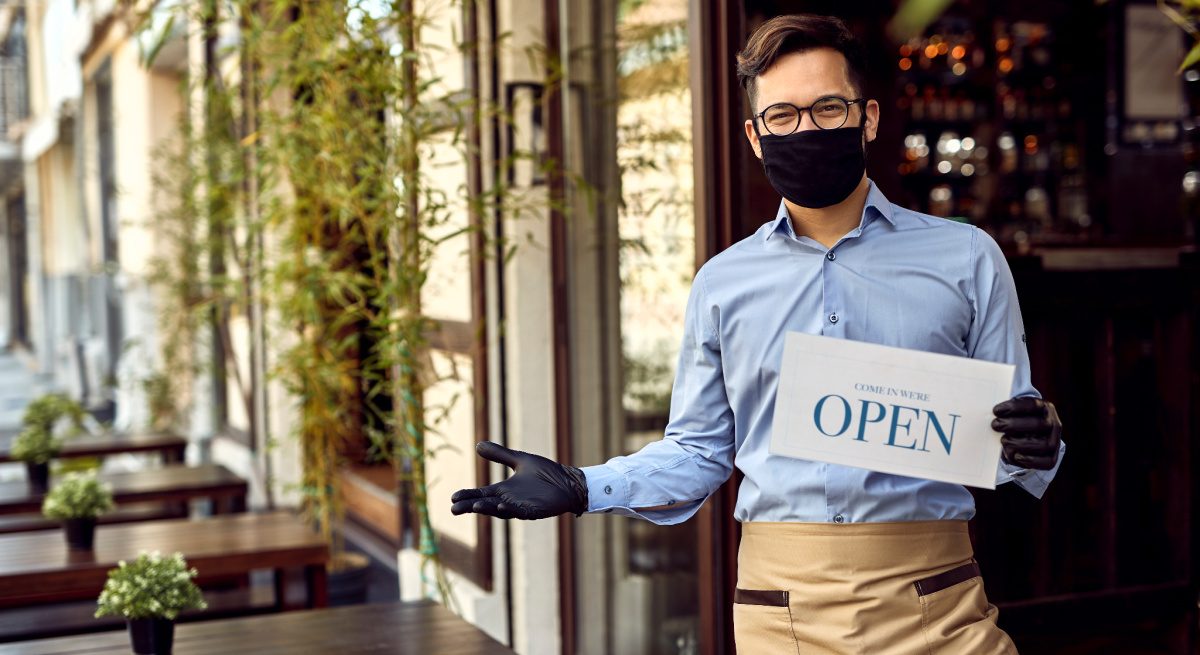Keeping Restaurants in Business: Sick, Safe, and Vaccination Leave in New York
5 Min Read By Allison N. Zsamba
Now that vaccines are becoming widely available, the hospitality industry is approaching a new version of normal whereby restauranteurs can maintain a safe and healthy workplace that supports efforts to rebuild and thrive. Laws affecting restaurants have changed frequently over the past year, largely with restrictions on capacity and indoor dining, and the employer-employee relationship has endured changes and challenges as well.
To avoid any further disruption to your business, it is important to understand your employees’ entitlement to paid and/or unpaid time off. Notably, New York State has modified its leave laws to expand sick and safe leave and it has created a new paid leave so that employees may obtain their COVID-19 vaccine.
This article seeks to provide business owners a basic understanding of these new laws; however, every business is different and may be presented with unique circumstances. As such, it is advisable to consult with an attorney to discuss your specific…
Sorry, You've Reached Your Article Limit.
Register for free with our site to get unlimited articles.
Already registered? Sign in!


